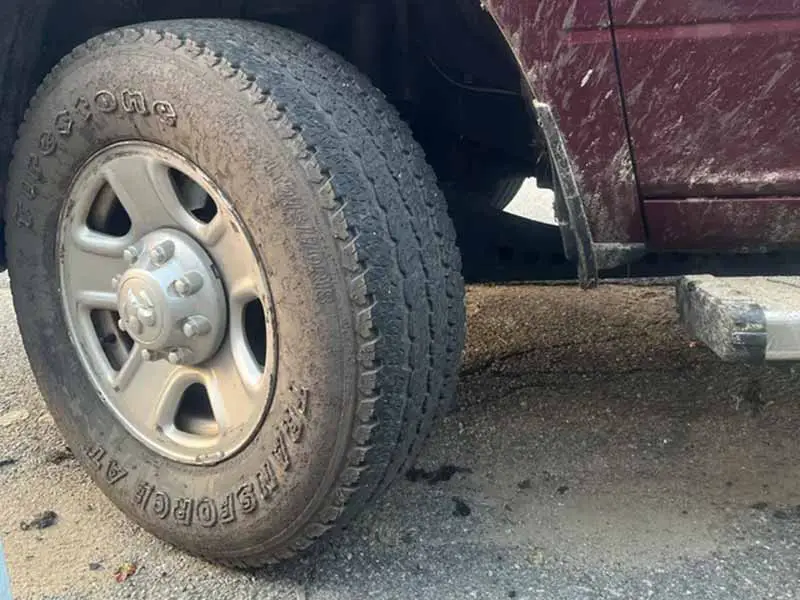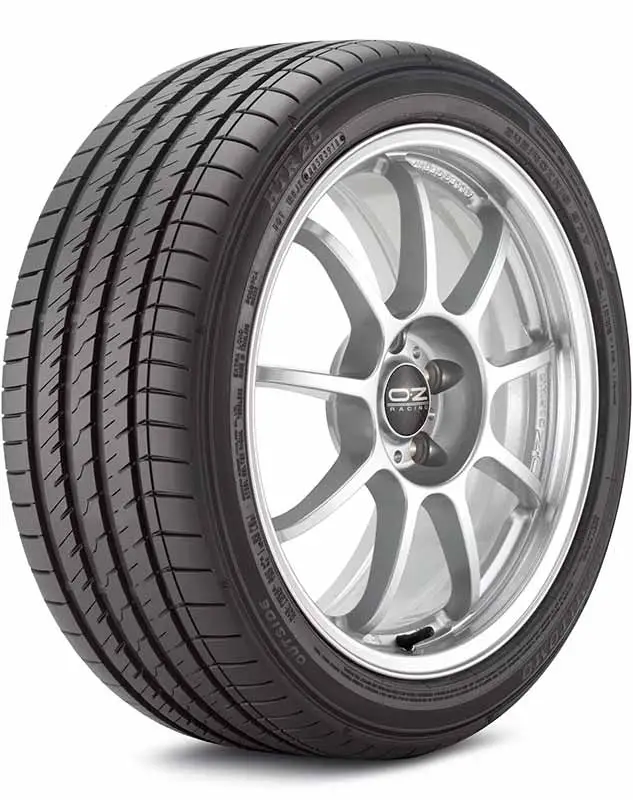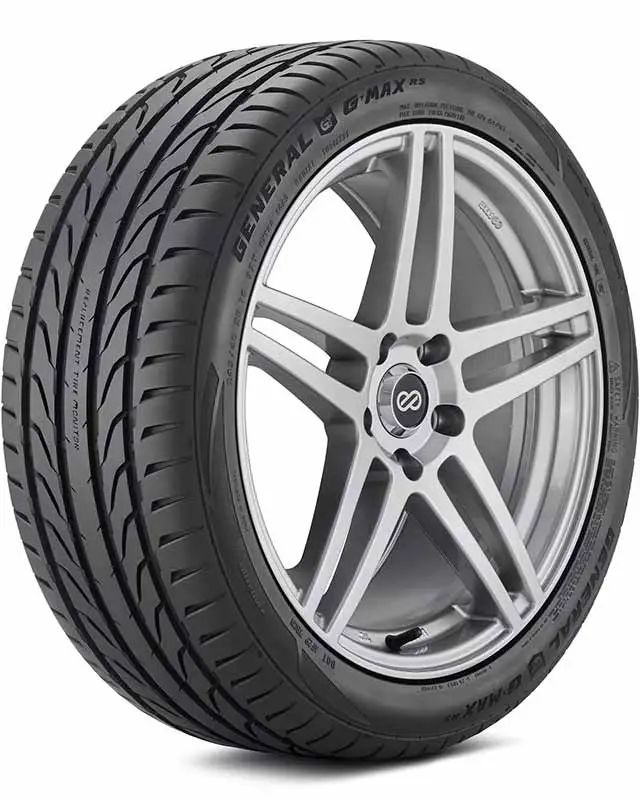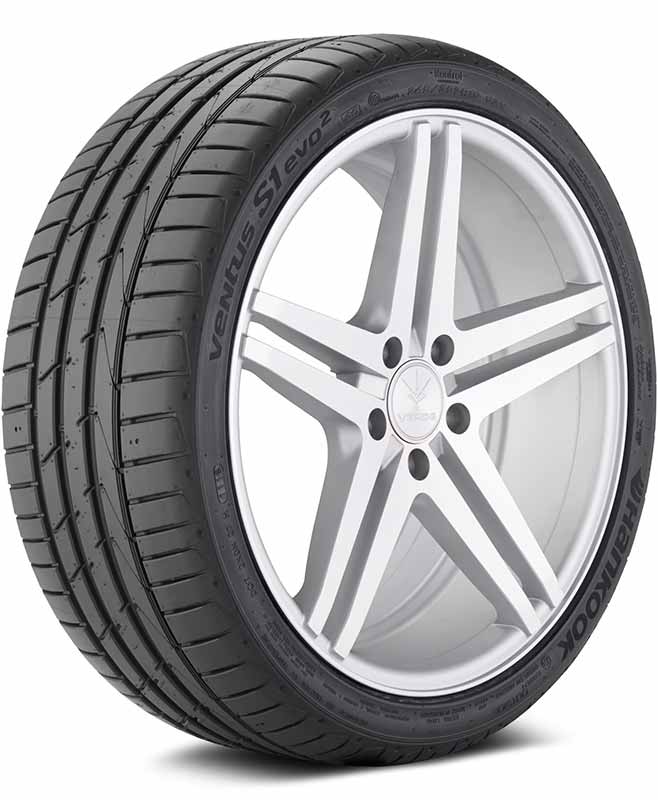Ever glanced at your tire and wondered what all those markings mean? Among the maze of numbers and letters used to describe tire size, there’s a story about your tire’s strength, durability, and its ability to carry weight. Knowing how to read these can be the difference between a safe drive and a potential mishap.
How do you determine the ply of a tire from its Load Range?
The Load Range on a tire’s sidewall indicates its ply rating, which represents the tire’s strength and load-carrying capacity. For instance, a Load Range E typically corresponds to a 10-ply rating.
In this article we’ll decode the mystery behind tire sidewall markings, delve deep into the significance of Load Range and ply ratings, and guide you on how to choose the right ply tire for your vehicle, ensuring optimal performance and safety.

Determining Tire Ply Rating from the Sidewall
The tire sidewall is a treasure trove of information, and among its various markings, the Load Range stands out as a key indicator of the tire’s ply rating. Let’s delve into how you can determine the ply rating of a tire by understanding its Load Range.
Locating the Load Range
When examining a tire’s sidewall, look for an alphanumeric code that represents the tire size and specifications. Close to this code, you’ll typically find a letter, which indicates the tire’s Load Range. For instance, you might see something like:
- P225/65R17 102H E
In this example, the “E” at the end represents the Load Range.
Decoding the Load Range for Ply Rating
The Load Range letter corresponds to a specific ply rating, which gives an indication of the tire’s strength and load-carrying capacity. Here’s a breakdown:
- 4-Ply (Standard Load): Ideal for city driving and daily commutes. They offer a smooth ride and are perfect for sedans, hatchbacks, and small SUVs.
- 6-Ply (Load Range C): Suitable for light trucks and vans that occasionally carry moderate loads. They offer a balance between performance and comfort.
- 8-Ply (Load Range D): Best for heavy-duty trucks and SUVs that frequently carry heavy loads or tow trailers. They provide durability without compromising too much on comfort.
- 10-Ply (Load Range E): Perfect for commercial vehicles and trucks that are consistently subjected to maximum load capacities. They are built for strength and durability.

Ply Rating Vs Load Range
In the realm of tires, understanding the terminology is crucial for making informed decisions. Two terms that often come up, especially when considering the strength and durability of tires, are “Ply Rating” and “Load Range.” Let’s dive deep into these terms and decode their significance.
- Passenger Car tires have a Tire Ply Rating of 4 and a Load Range of Standard Load (SL) or Extra Load (XL).
- Light Truck tires have a Tire Ply Rating of 6 to 14 and have a Load Range of C through G.
What is Ply Rating?
Historically, the ply rating indicated the number of cotton layers used in the construction of a tire. For instance, a 10-ply tire had ten layers of cotton. However, with advancements in tire technology and the introduction of materials like polyester and steel, the actual number of plies in modern tires can be much less than the ply rating suggests.
For instance, when you come across a term like “10-ply tires”, it’s referring to a tire with 10 layers of construction. But here’s a twist: the term “10-ply” doesn’t necessarily mean the tire has exactly 10 plies. Confused? Don’t worry. Dive deeper into the meaning of 10-ply tires.
Understanding Load Range
Load range, on the other hand, directly relates to the tire’s ability to carry a specified load at a particular pressure. It’s an essential factor to consider, especially for vehicles that carry heavy loads or tow trailers.
- Load Range Categories: Tires are categorized into different load ranges, usually denoted by letters. For example:
- Load Range C: Suitable for most passenger vehicles.
- Load Range E: Commonly found on light trucks and SUVs.
Each load range corresponds to a specific ply rating. For instance, a Load Range E tire typically has a ply rating of 10.
Load Range and Ply Rating Chart
| Load Range | Ply Rating | Max Load Carrying Air Pressure |
| Standard Load (SL) | 4 | @ 36 PSI |
| Extra Load (XL) | 4 | @ 42 PSI |
| C1 | 6 | @ 50 PSI |
| C2 | 6 | @ 35 PSI |
| D1 | 8 | @ 65 PSI |
| D2 | 8 | @ 50 PSI |
| E1 | 10 | @ 80 PSI |
| E2 | 10 | @ 65 PSI |
| F1 | 12 | @ 95 PSI |
| G | 14 | @ 110 PSI |
Why Does It Matter?
Understanding the ply rating and load range of your tires is not just a matter of technical knowledge. It directly impacts:
- Safety: Ensuring that your tires can handle the weight of your vehicle, especially when fully loaded.
- Performance: Tires with the correct ply rating and load range can optimize vehicle handling and fuel efficiency.
- Durability: Tires designed for heavier loads tend to have a longer lifespan, especially when used under the right conditions.

Tire Load Range Vs Load Index
Two terms that often get confused are load range and load index. They are similar and the confusion is understandable. Let’s break down these terms and explore their significance.
What is Tire Load Range?
The Load Range of a tire indicates its ability to carry a specified load at a particular pressure. It’s a measure of the tire’s strength and durability, especially when subjected to heavy loads.
- Load Range Categories: Tires are categorized into different load ranges, usually denoted by letters. Common categories include:
- Load Range B: Suitable for most passenger vehicles.
- Load Range C: Designed for light trucks and some SUVs.
- Load Range E: Commonly found on heavy-duty trucks and larger SUVs.
Each load range corresponds to a specific ply rating, which, as discussed earlier, is an indicator of the tire’s strength.
Understanding Load Index
While Load Range gives a general idea of a tire’s load-carrying capacity, the Load Index provides a more precise measure. It’s a numerical code that corresponds to the maximum weight a tire can support when fully inflated.
- How to Read Load Index: The Load Index is usually found on the tire’s sidewall, following the tire size. For instance, a tire marked “225/65R17 102H” has a Load Index of 102.
- Significance of Load Index: Each Load Index number corresponds to a specific weight. For example:
- Load Index 92: Can carry up to 630 kg or 1389 lbs.
- Load Index 102: Can carry up to 850 kg or 1874 lbs.
It’s important to choose a tire with a Load Index suitable for your vehicle’s weight, especially when fully loaded.
Tire Load Index Chart
The full chart ranges from 0 to 150 but we will abbreviate it to 70 through 126 since the more extreme numbers are much less common. You can view the full chart at Discount Tire.
| Load Index | Carrying Capacity (pounds) | Carrying Capacity (kilograms) |
|---|---|---|
| 70 | 739 | 335 |
| 71 | 761 | 345 |
| 72 | 783 | 355 |
| 73 | 805 | 365 |
| 74 | 827 | 375 |
| 75 | 853 | 387 |
| 76 | 882 | 400 |
| 77 | 908 | 412 |
| 78 | 937 | 425 |
| 79 | 963 | 437 |
| 80 | 992 | 450 |
| 81 | 1,019 | 462 |
| 82 | 1,047 | 475 |
| 83 | 1,074 | 487 |
| 84 | 1,102 | 500 |
| 85 | 1,135 | 515 |
| 86 | 1,168 | 530 |
| 87 | 1,201 | 545 |
| 88 | 1,235 | 560 |
| 89 | 1,279 | 580 |
| 90 | 1,323 | 600 |
| 91 | 1,356 | 615 |
| 92 | 1,389 | 630 |
| 93 | 1,433 | 650 |
| 94 | 1,477 | 670 |
| 95 | 1,521 | 690 |
| 96 | 1,565 | 710 |
| 97 | 1,609 | 730 |
| 98 | 1,653 | 750 |
| Load Index | Carrying Capacity (pounds) | Carrying Capacity (kilograms) |
|---|---|---|
| 99 | 1,709 | 775 |
| 100 | 1,764 | 800 |
| 101 | 1,819 | 825 |
| 102 | 1,874 | 850 |
| 103 | 1,929 | 875 |
| 104 | 1,984 | 900 |
| 105 | 2,039 | 925 |
| 106 | 2,094 | 950 |
| 107 | 2,149 | 975 |
| 108 | 2,205 | 1,000 |
| 109 | 2,271 | 1,030 |
| 110 | 2,337 | 1,060 |
| 111 | 2,403 | 1,090 |
| 112 | 2,469 | 1,120 |
| 113 | 2,535 | 1,150 |
| 114 | 2,601 | 1,180 |
| 115 | 2,679 | 1,215 |
| 116 | 2,756 | 1,250 |
| 117 | 2,833 | 1,285 |
| 118 | 2,910 | 1,320 |
| 119 | 2,998 | 1,360 |
| 120 | 3,086 | 1,400 |
| 121 | 3,197 | 1,450 |
| 122 | 3,307 | 1,500 |
| 123 | 3,417 | 1,550 |
| 124 | 3,527 | 1,600 |
| 125 | 3,638 | 1,650 |
| 126 | 3,748 | 1,700 |

How To Choose The Right Ply Tire
Selecting the right ply tire for your vehicle is more than just a matter of numbers. It’s about ensuring safety, optimizing performance, and getting the best value for your money. Let’s delve into the intricacies of ply ratings and guide you on making the right choice.
Understanding Ply Ratings
Ply rating, historically, indicated the number of cotton layers used in the construction of a tire. Today, it serves as an indicator of a tire’s strength and load-carrying capacity. Common ply ratings include:
- 4-Ply (Standard Load): Suitable for most passenger vehicles, offering a smooth and comfortable ride.
- 6-Ply (Load Range C): Designed for light trucks, vans, and some SUVs. They provide a balance between comfort and durability.
- 8-Ply (Load Range D): Commonly found on heavy-duty trucks and larger SUVs. They are built for durability and can handle heavier loads.
- 10-Ply (Load Range E): Ideal for commercial vehicles, trailers, and trucks that frequently carry heavy loads or tow trailers.
Effects of Choosing the Wrong Ply Rating
- Too Low Ply Rating:
- Safety Risks: Under-inflated or low ply tires can overheat, especially when carrying heavy loads, leading to tire failure.
- Reduced Fuel Efficiency: Inadequate ply can lead to increased rolling resistance, consuming more fuel.
- Shortened Tire Lifespan: Tires with a lower ply rating than required can wear out faster, especially when subjected to heavy loads.
- Too High Ply Rating:
- Reduced Comfort: Tires with a higher ply rating than necessary can result in a stiffer ride, reducing driving comfort.
- Increased Fuel Consumption: Heavier tires can decrease fuel efficiency.
- Higher Costs: High ply tires are generally more expensive, so you might end up spending more without any added benefit.
Resources
Below are some links you may find helpful when learning about tires
Final Thoughts
Tires play a crucial role in ensuring the safety and efficiency of a vehicle. With advancements in tire technology, understanding the various aspects such as tread life, tire types, and maintenance becomes essential.
Whether you’re looking for all-season tires, performance tires, or winter/snow tires, it’s vital to choose the right fit for your vehicle and driving conditions. Regular inspections and proper maintenance can extend the lifespan of your tires, ensuring a smooth and safe driving experience.
Good luck and happy motoring.




